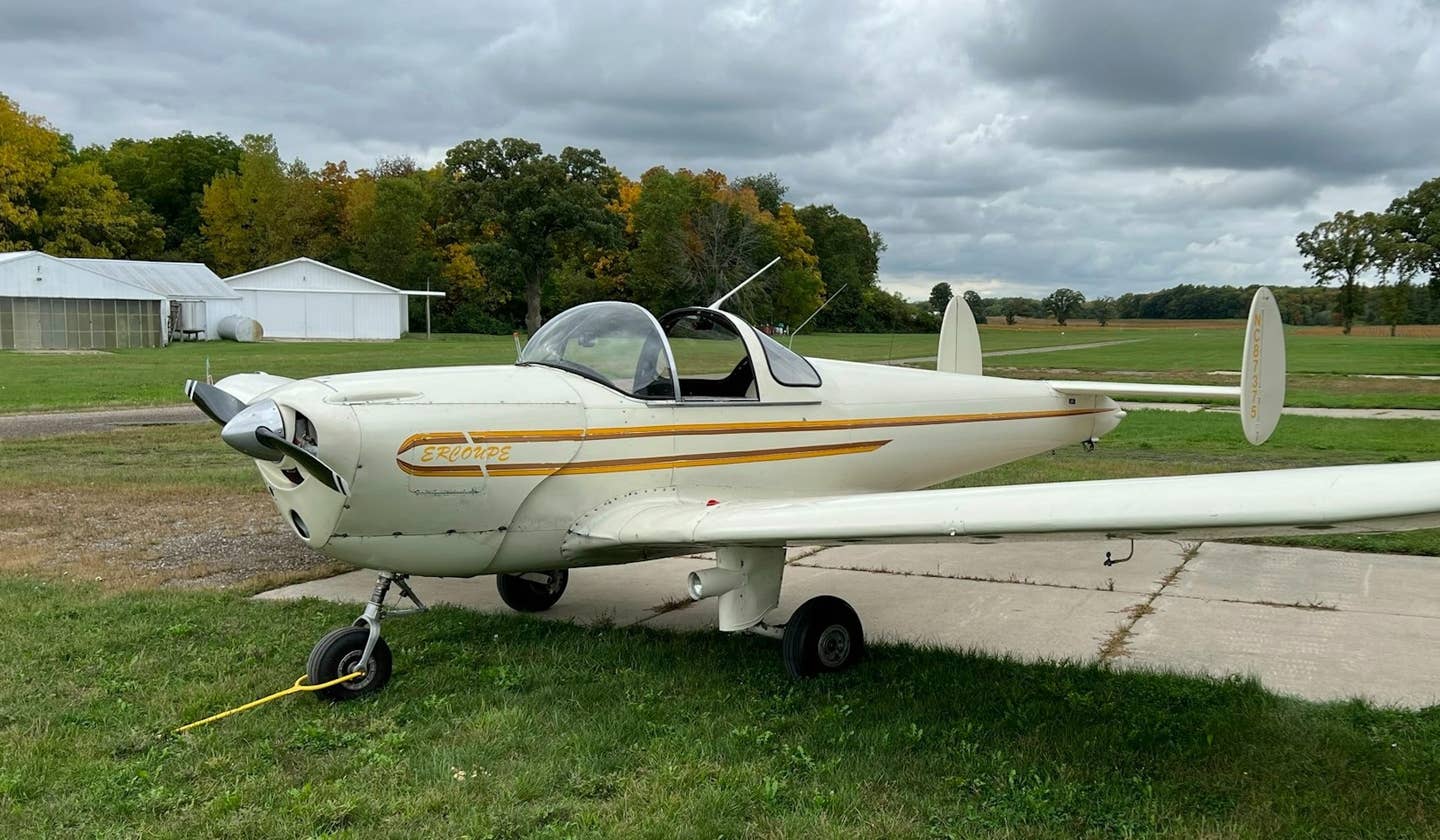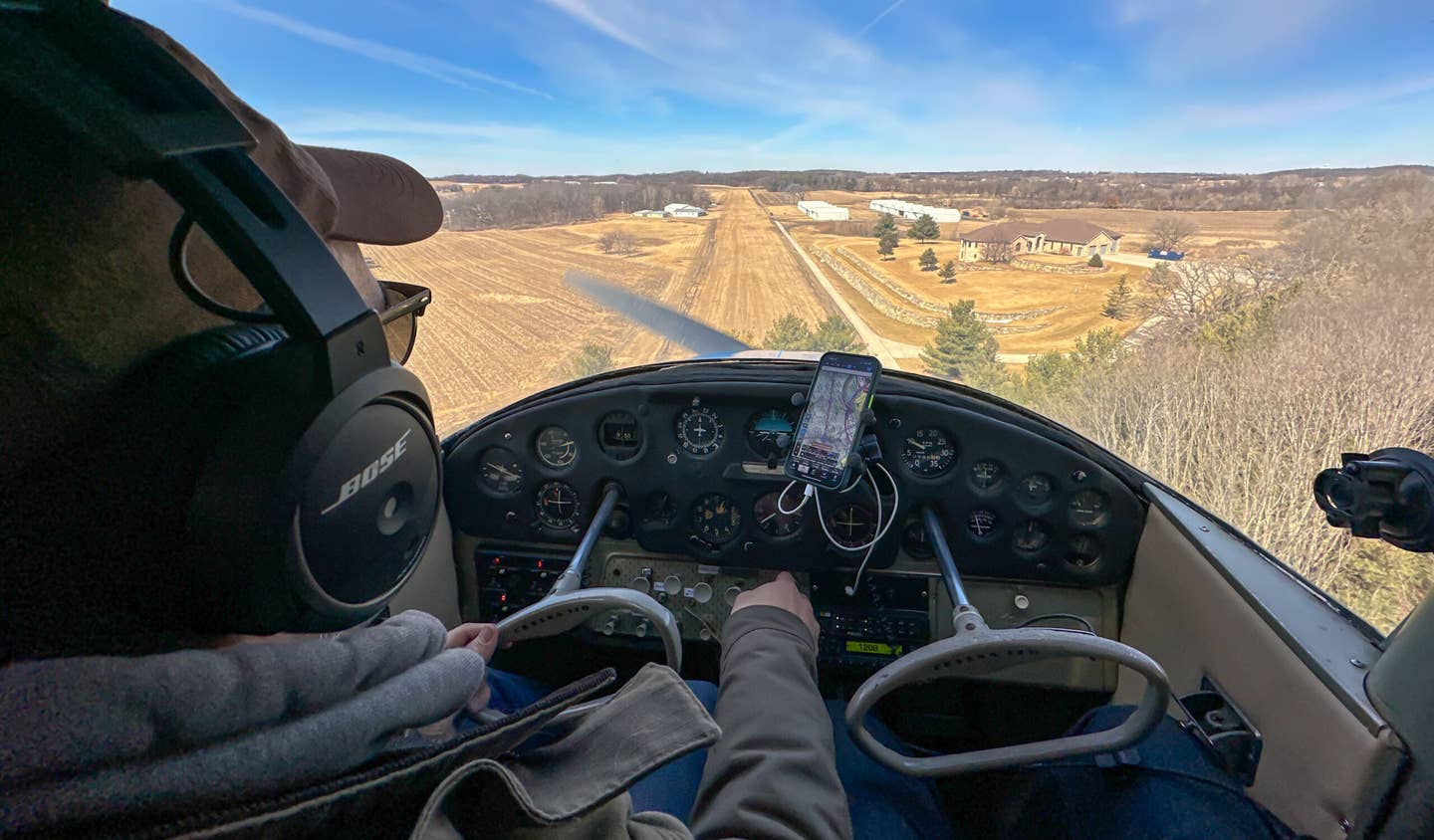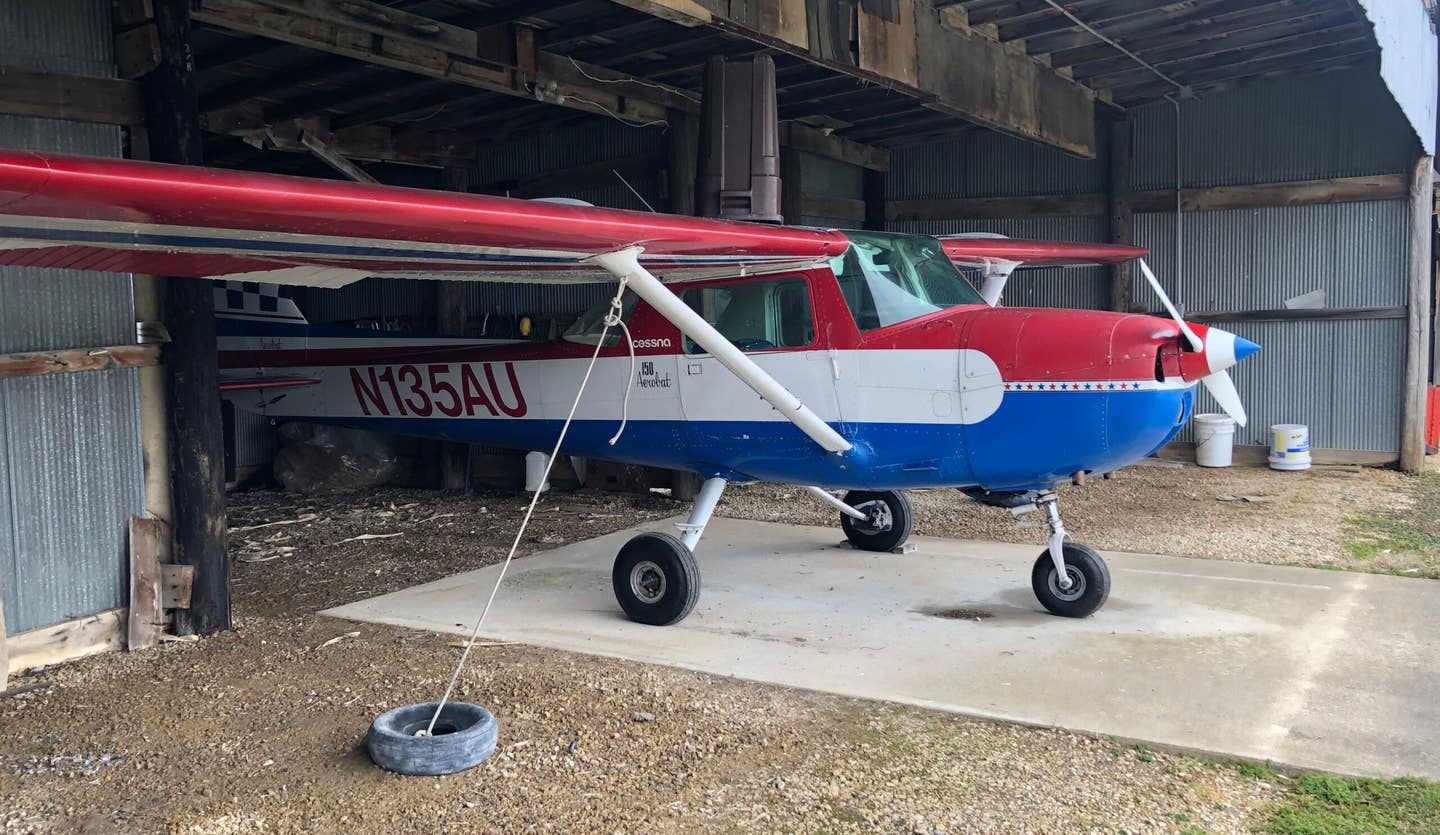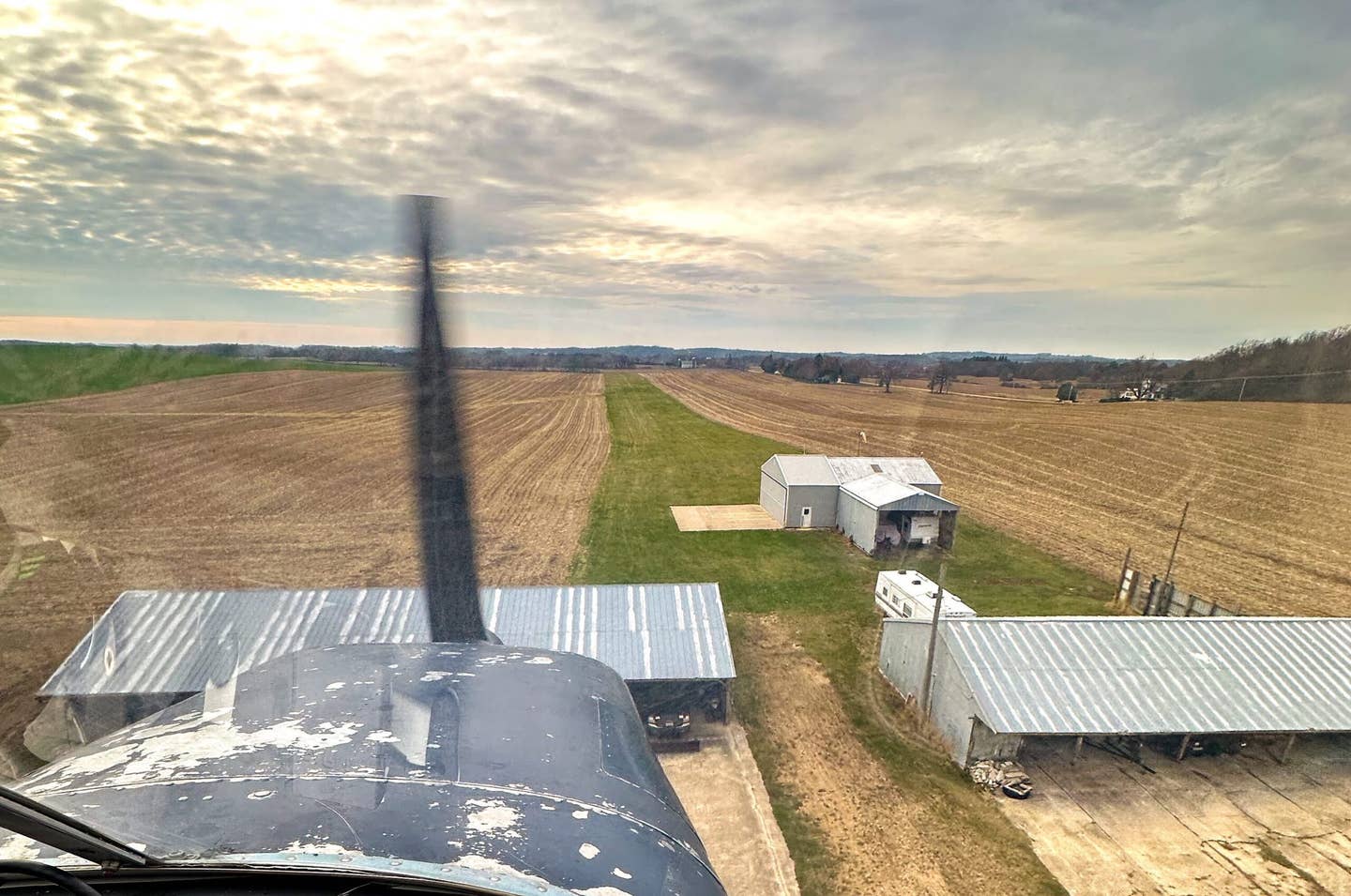The Calculus Behind the Ultimate Panel Modernization
When considering a panel upgrade, here are four things to consider when determining what end benefits justify the expense.
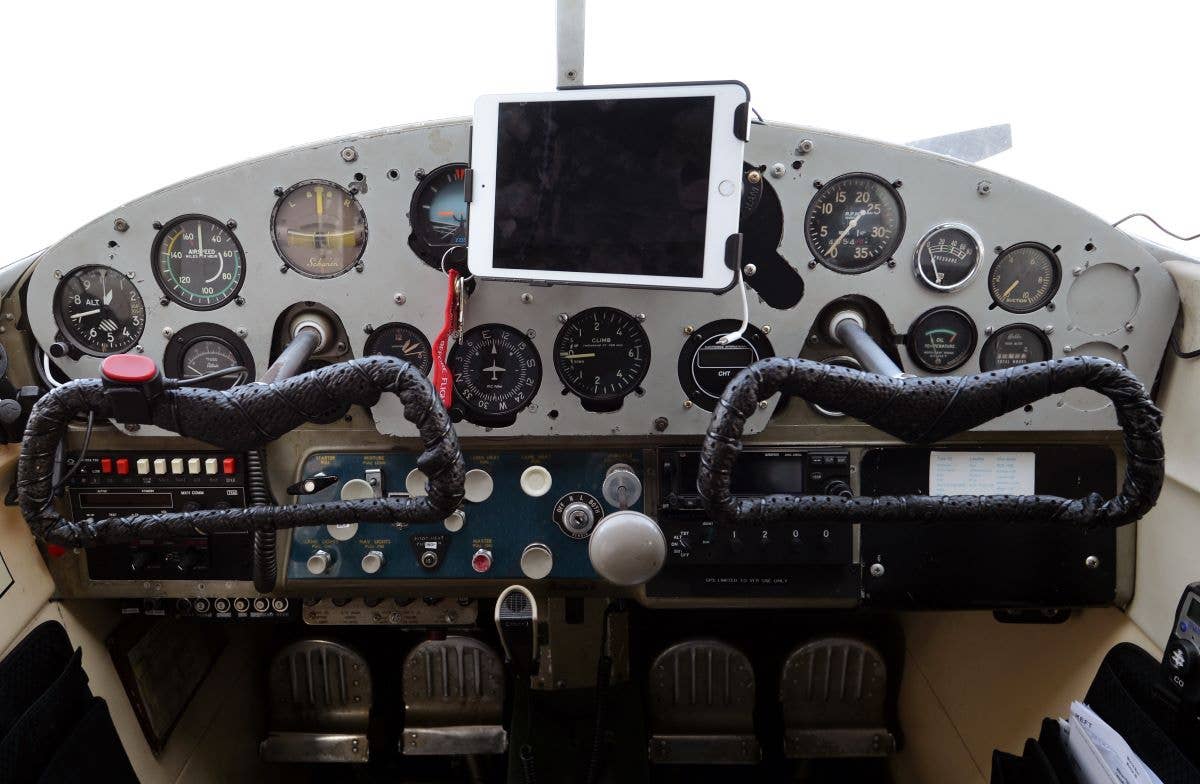
The existing panel—perfectly functional and increasingly antiquated. [Credit: Jason McDowell]
Throughout high school and college, I had a bit of an obsession with high-end bicycles. I was starstruck by handcrafted titanium frames, precision-machined components, and fully tunable suspension. I dedicated the majority of class time to studying the intricacies of custom bike builds. Faced with the budget of a typical high school student, I worked hard to get a job at one of the best bicycle shops in town, almost exclusively for the significant employee discounts that would enable me to feed my expensive habit.
At no point could I even begin to justify the Olympic-caliber race setups I then proceeded to build. With a physique and athleticism that bore a stronger resemblance to Bobby Hill than to any notable athlete, the discrepancy between bicycle quality and actual physical capability was both stark and embarrassing. But I was fueled by enthusiasm, and my love for evaluating beautiful engineering more than made up for the humiliation that occurred on every hill climb.
Thirty years later, the bicycle situation and general fitness level have remained unchanged, and the disease has now spread to aviation. One by one, I’ve been strategically upgrading various parts on my Cessna 170, from the propeller to lighting to wheels and tires. Now, thanks to a social media sponsorship unrelated to my work with FLYING, I’ve finally decided to take a major step and upgrade the instrument panel.
Despite being part of a sponsorship, the upgrade will still involve a substantial price tag to the tune of tens of thousands of dollars. The sum is massive in my world, and it took much calculation to determine what benefits would justify such an expenditure. I ultimately identified four that, when combined, do so handily.
1. Vacuum-ectomy
Sometime in the 1960s, a previous owner of my airplane opted to remove the venturi system that originally powered the gyro instruments and replace it with an engine-driven vacuum system. The vacuum system was so massive and cumbersome, a larger engine cowl had to be installed for it to fit.
The resulting setup presents a few frustrations. It adds weight at the far end of the airplane. It positions the pump pulley millimeters away from the back face of the propeller. It provides relatively little benefit for the VFR flying I do. It introduces multiple points of mechanical failure. And although appearance is low on my list of concerns, it’s ugly.
Upgrading to a modern panel enables this entire assembly of the pump, gyros, and hoses to be removed from the airplane like a problematic appendix. New solid-state avionics will save weight and provide far better reliability and functionality.
2. Safety
It’s been nearly two years since I ruined multiple cylinders in a tragic and stupid cowl plug incident. Since then, my engine-related PTSD seems to have kicked up its feet, settled in, and taken up permanent residence in my head. These days, I watch my cylinder head temperature like a hawk and constantly monitor every engine gauge with trepidation.
As part of the Garmin setup I plan to install, the engine monitor is the element I’m most excited about. With one glance at one instrument, I’ll be able to evaluate the information presently spread across no fewer than eight separate steam gauges. I’ll be able to monitor the CHTs (cylinder heat temperatures) and EGTs (exhaust gas temperatures) of individual cylinders easily, and I’ll feel much better about identifying any abnormal trends quickly and early.
The engine monitor will also display accurate fuel quantity indications. Rather than judging remaining fuel on board by time and refueling every 2.5 to 3 hours of flight in an abundance of caution, I’ll be able to stretch the airplane’s legs with more confidence. This ability to fly with somewhat lower fuel levels can translate into a nice performance boost when desired, enabling shorter takeoff distances at challenging strips.
The ADS-B transponder is another huge benefit. Seamlessly integrating with GPS and depicting traffic on the panel as well as on my iPad, I’ll feel a lot more knowledgeable of the traffic around me. It’s also a more robust and permanent solution than some of the less-expensive alternatives.
3. Room to Grow
One of the reasons I opted to save additional funds and buy a Cessna 170 instead of a smaller 120 or 140 is that I wanted an airplane I’d grow into, ability-wise, rather than out of. The 170’s additional room and payload enable me to go camping with friends, unlock better performance when light, and feel less cramped on longer flights. The 170 is a more permanent solution, and I will enjoy the extra capability long after I forget about the higher price.
To a similar extent, a modern and fully capable panel will enable me to get current and utilize my instrument rating should I wish. Doing so could increase the number of flyable days in the year, and it could make the airplane a more reliable and consistent means of travel. I may want to get current solely to refine another set of skills.
Regardless, a modernized panel opens up all of these possibilities and unlocks an entirely new world of flying that is inaccessible with the current display.
4. Fun
Back in my bike shop days, I’d regularly advise people on their bike purchases and custom builds. I didn’t work on commission and was therefore motivated not by the money they spent but rather by their enjoyment of riding. One point I’d make in earnest was that it’s OK to upgrade to a newer bike or component, even if all it does is make them happier and more enthusiastic about their favorite hobby.
Ultimately, this made me feel better about spending new car money on a new panel. Rather than splurging on a bass boat, paying for years upon years of green fees, or simply buying drinks at the bar every weekend, I decided to design and build a panel that enhances my enjoyment of my favorite pastime and hobby.
Can I justify the upgrade with financial benefits and a return on investment that can be illustrated on a spreadsheet? No. Does the flying I do demand the functionality offered by such a panel? Also no. Are my flying skills such that I am significantly limited by my current panel? Definitely not.
But just as I worked massive amounts of overtime to afford my Litespeed Obed titanium mountain bike with a Chris King wheelset, Marinovative brakes, and mystical Magic Motorcycle crankset, I’ve been socking away money every month to afford the ultimate panel. And just as that cool gear introduced an element of fun that easily made up for my utter lack of fitness and riding ability, I anticipate the panel upgrade to similarly enhance my day-to-day enjoyment of my airplane.
These benefits may not show up on a spreadsheet, but they sure leave a smile on your face. And I’m looking forward to it.

Sign-up for newsletters & special offers!
Get the latest FLYING stories & special offers delivered directly to your inbox

